Answer of January 2018
For completion of the online quiz, please visit the HKAM iCMECPD website: http://www.icmecpd.hk/
Clinical History:
A 54 year old female presented with chronic non-specific headache and dizziness. She recently present to clinic with some psychotic symptoms. She is otherwise good past health without other neurological symptoms. Family history with mother having similar presentation is noted, but no investigation performed. CT and MRI scan were performed for further investigation.
| CT Scan | |
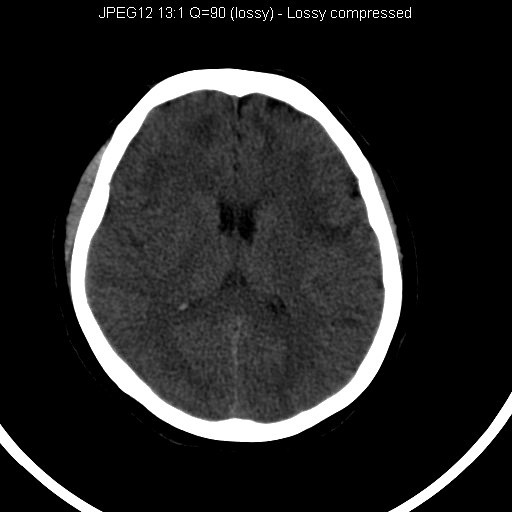 |
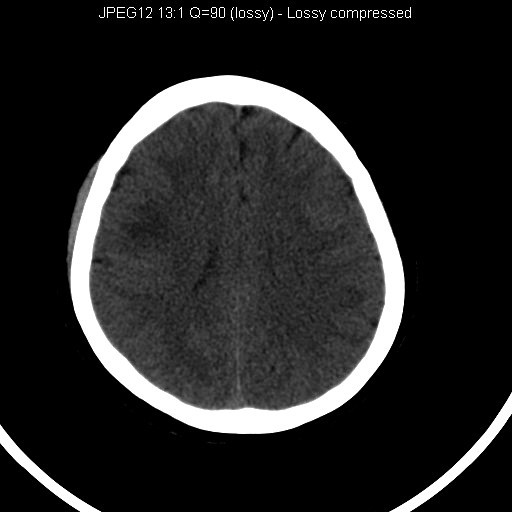 |
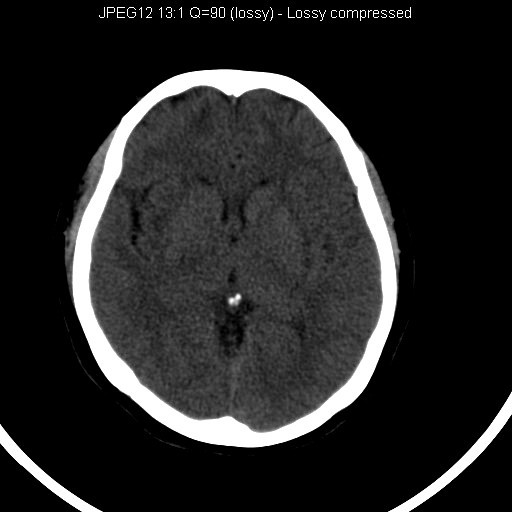 |
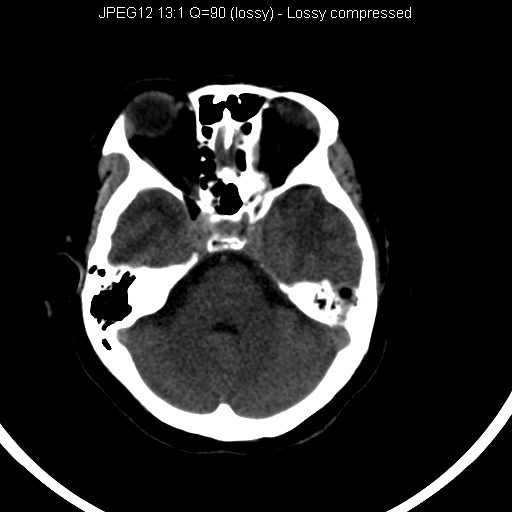 |
|
|
|
| MRI Scan (selected T2W images and DWI sequence) | |
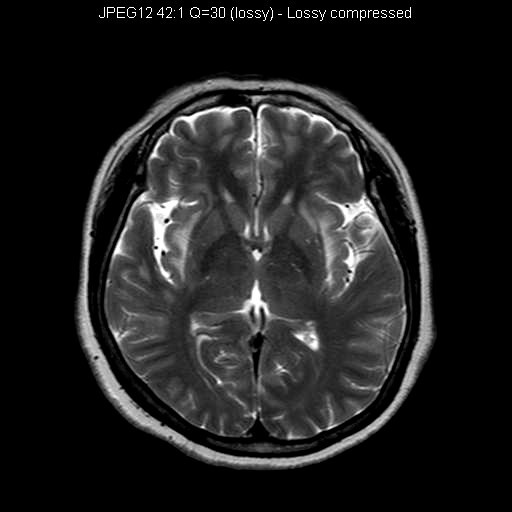 |
 |
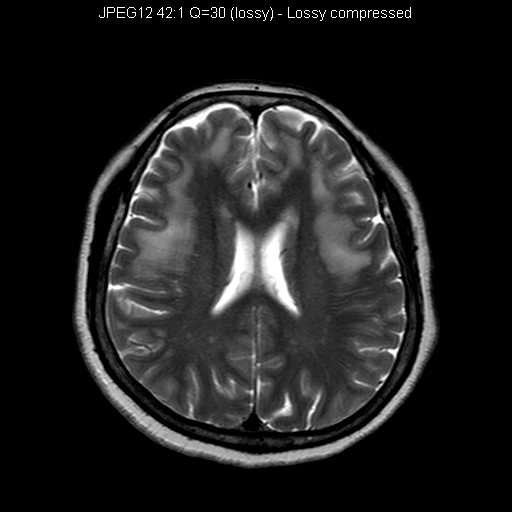 |
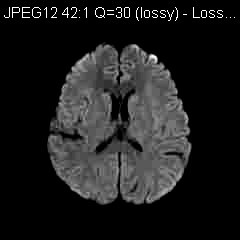 |
| Corresponding ADC maps show no restricted diffusion. | |
Discussion:
Cerebral Autosomal Dominant Arteriopathy with Subcortical Infarcts and Leukoencephalopathy (CADASIL) is an autosomal dominant microvasculopathy, resulting from a mutation on chromosome 19q12 involving the Notch 3 gene. It results in small vessel and arteriole stenosis secondary to fibrotic thickening of the basement membrane of the vessels.
This disease is characterized by recurrent lacunar and subcortical white matter ischemic strokes and vascular dementia in young and middle age patients without known vascular risk factors. There is disproportionate cortical hypometabolism. Patients typically become symptomatic in late adulthood (30-50 years of age).
The most common presentation is usually with recurrent transient ischaemic attacks (TIAs) and migraines. Presenile dementia, psychotic symptoms such as depression and psychosis and focal neurological defects are usually seen in later stage of disease.
Typical imaging features widespread confluent subcortical white matter ischemia, sparing the cortical U fibres. Classical involvement of anterior temporal lobe and external capsule are also commonly seen. In some occasion, cerebral microhaemorrhages will also be demonstrated.
Differentials involving multiple vascular territories include vasculitis and septic emboli, but uncommonly present with patients without history of rheumatological diseases and infection.
MELAS (mitochondrial encephalomyopathy with lactic acidosis and stroke-like episodes) may present similarly but typically in childhood or early adulthood. This disease can also involve multiple vascular territories but typically with predilection to the posterior parietal and occipital lobes.
This patient is confirmed to have CADASIL upon genetic testing.